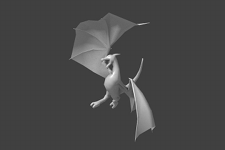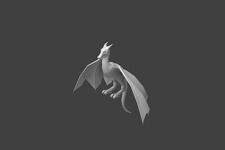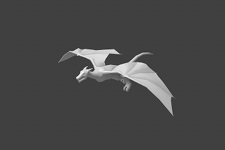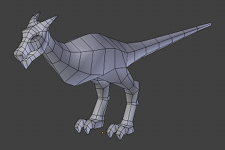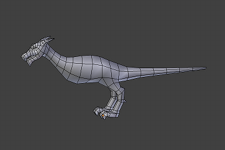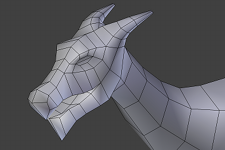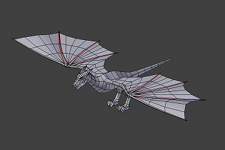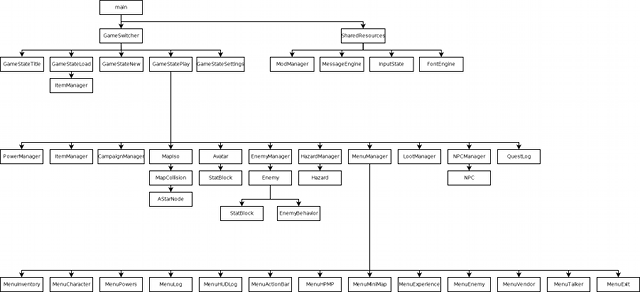Two Years of Flare
If you check the archives you’ll see that Flare v0.01 was released on Jan 1, 2010. That means I started work on Flare a bit over two years ago. Have a nostalgic peek at the v0.01 preview video.
Interesting historical notes about this project:
- The art was originally created for turn-based combat and tile-based movement.
- Started as a Java applet, but I switched to C++ early on.
- Originally named “OSARE” (open-source action roleplaying engine), renamed after a nice conversation with Richard Stallman.
Two years is a hell of a time for one person to work on a project. Even after greatly narrowing down the project scope (2D, no multiplayer, static maps, etc) it’s still a frighteningly huge project. I wouldn’t have made it (sanity intact) this far without help from many contributors. Thanks crew!
Version 0.16 info
v0.16 “Advanced Enemies” will be devoted to making enemies better all around. Contributor “nojan” has already added A* pathfinding, the first major new feature for enemy AI. Try the latest master branch, you’ll find that enemies handle obstacles much better now.
Next task we’ll want to tackle is allowing powers to spawn enemies. The actual code shouldn’t be too bad; it’s mostly a matter of adding new art. Most creatures will get a spawning animation. Perhaps I’ll start with the Antlion, get it burrowing out from the ground. We’ll add map events where antlions burst up all around the hero. We’ll add Queen antlions that summon hatchlings as a ranged power. Once all that is acceptable, I’ll work on spawn animations for the other creatures.
Finally, the major work in v0.16 will be separating my messy tangle of Enemy::logic code. Enemies will gain base types that explain their basic movement/behavior. The starting types will be melee, ranged, and flying. We’ll probably also create one “boss” type to demonstrate how new one-off behaviors can be added by modders.
2012 Plans
Time permitting, here’s how I’d like to see Flare shape up in 2012: a release every 3 months while we march towards Beta.
- v0.16 “Advanced Enemies” target March 31st, 2012.
- v0.17 “Menus Config” target June 30th, 2012.
- v0.18 “Power Enhancements” target Sept 30th, 2012.
- v0.19 “Alpha Polish” target Dec 31, 2012, marks the Beta feature freeze

